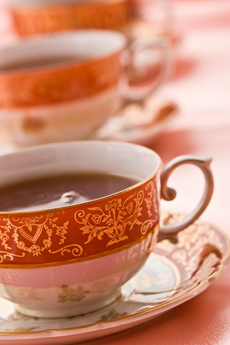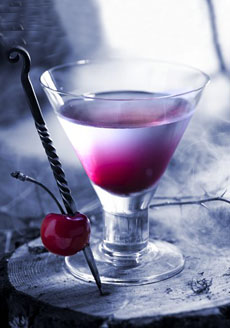|
While not all varieties of any particular type of food are genetically engineered, here are the foods to question:
Top 10 Genetically Engineered Food Crops
1. Corn
2. Soy
3. Potato
4. Tomato
5. Canola
6. Cottonseed Oil
7. Papaya
8. Radicchio
9. Summer Squash
10. Salmon
See why these crops have been genetically engineered, and how likely you are to run across them. Note: while natural foods may label themselves “Non GMO,” there is no requirement for a genetically engineered food to label itself as such.
Needless to say, many in the consumer and industrial communities are against genetic engineering.
What’s The Issue?
According to Discovery News, “For years, opponents have argued that genetically engineered plants wreak havoc with human health and nature, and accuse plant biotech companies, such as Monsanto, of putting profits before people. On the other hand, agricultural biotech proponents argue that engineered crops enable farmers to grow [more food] at a time of global food shortages, insidious pests, weeds and extreme weather.”
It’s a complicated issue. While the FDA believes that GMOs are safe and allows them in America, some 30 other countries, including Australia, Japan and the entire European Union, restrict or outright ban the production of GMOs—because they are not considered to be proven safe.
The FDA approved commercial production of GMOs based on studies conducted by the very companies that created them and profit from their sale. Many health-conscious shoppers find the lack of rigorous, independent, scientific examination on the impact of consuming GMO-based foods to be cause for concern.
It will require many decades of eating engineered food before we know if GMOs cause problems in humans. While we at THE NIBBLE are unqualified to have an opinion on their safety, we do have an opinion on lobbyists and the power they exert over our elected and appointed officials to gain approval and pass legislation on behalf of their employers.
So the next time you’re making a purchase decision, consider the package that says “non-GMO.”
How Can You Avoid GMO Food?
An organization called True Food Now offers a free mobile app for iPhone and Android. It is a guide to common genetically engineered ingredients, brands to look for (and look out for) and common sense tips.
For more information about GMOs, visit The Non GMO Project.
|







